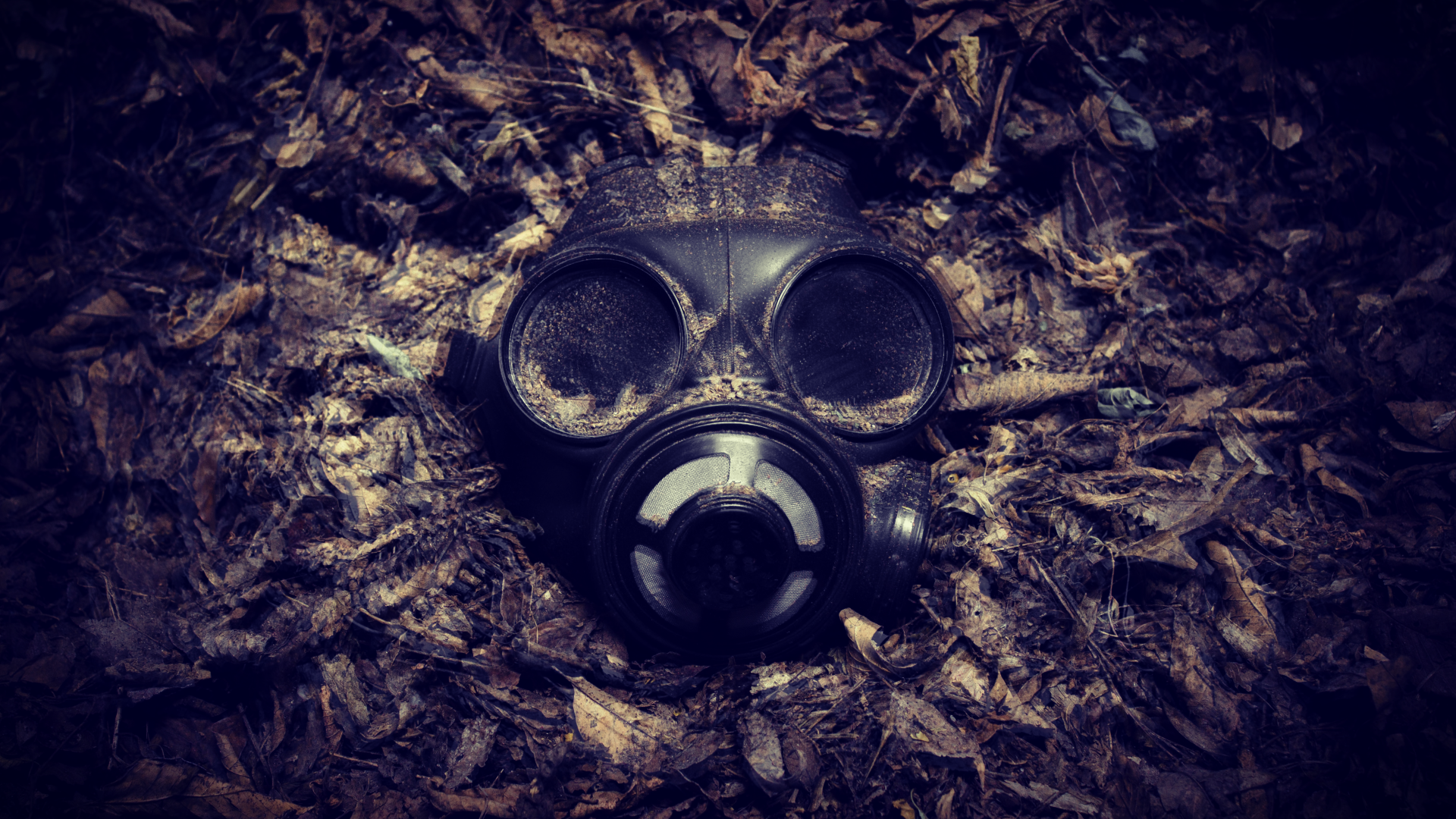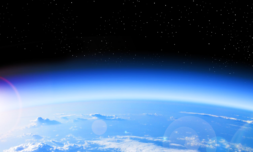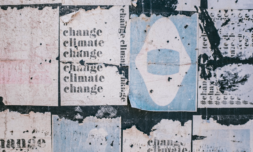A study on Earth’s cocktail of chemicals suggests pollution levels are threatening the stability of ecosystems on which life physically depends.
Fear mongering really isn’t our thing, but we would be remiss not to bring you the unfiltered facts.
Though it can’t be verified officially, researchers have reason to believe humanity has now likely breached planetary boundaries of chemical damage – the point at which natural ecosystems stop functioning as they were intended.
If you’re picturing acid rain falling from the sky, or scrambling for gas masks on Etsy, it isn’t quite that bad yet. That doesn’t mean to say that we shouldn’t be concerned or angry, mind.
It has long been known that chemical pollution damages the biological processes that underpin life on Earth. For example, pesticide levels in the air wipe out insects that may form the basis of entire ecosystems and food chains. Heard of the butterfly effect?
We recently covered a story on how leaving CFC compounds behind since the 1980s helped reverse damage to our ozone, but the bigger picture regarding mankind’s chemical cocktail isn’t looking so positive.
By measuring the rate at which some 350,000 chemicals are produced and released into the environment – and that’s ignoring the unregistered ones – scientists have surmised that the process is too widespread to investigate the impacts precisely.
Technically, there’s no pre-human baseline for chemicals, like we have for the climate crisis and pre-industrial levels of carbon dioxide. However, had we drawn one up decades ago, researchers are adamant that we’d have failed to protect it.




















